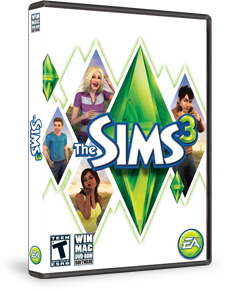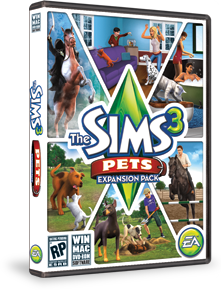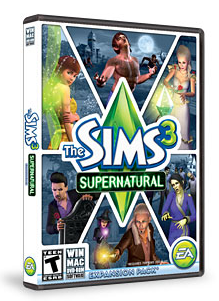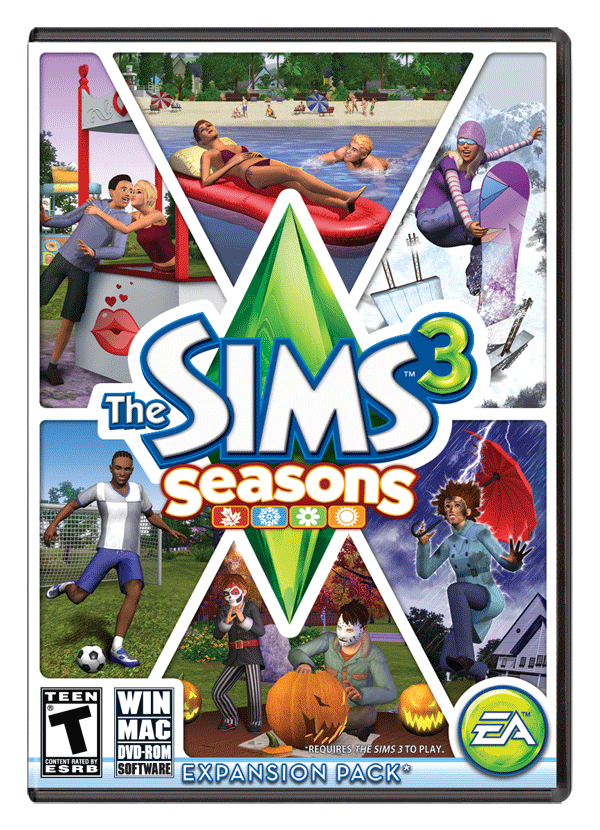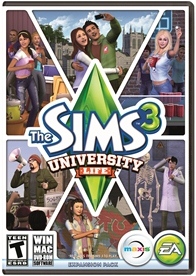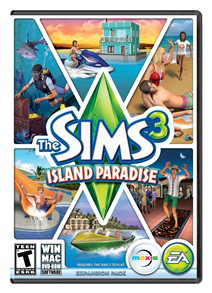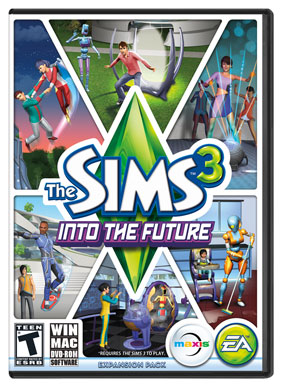
Writing essays is a bit like walking a tightrope. You’ve got to keep your balance—too much detail, and the reader gets bogged down; too little, and your argument seems flimsy. This is a skill I’ve wrestled with personally, often sitting there, staring at the screen, wondering whether that last paragraph added value or just words. So, let’s dive into how to strike this balance, not by following rigid formulas, but by understanding the nuances of what makes writing effective.
Why Do We Struggle With Balance?I think the core problem is fear. Fear of leaving something important out and fear of boring your reader. And these fears make us overcompensate in either direction. It’s easy to fall into extremes: overly dense paragraphs crammed with every statistic you could find, or skeleton arguments with all the substance sucked out. Understanding this tension is the first step to mastering it.
Finding the Sweet SpotFor me, the sweet spot isn’t about exact word counts or sentence lengths—it’s about function. Every sentence has a job. If it’s not pulling its weight, cut it. If it needs backup, expand it. This idea might seem obvious, but in practice, it’s tricky. Sometimes, even I get attached to a sentence because it sounds clever, not because it’s useful.
How to Decide What to IncludeHere’s how I break it down when I’m unsure about a passage:
- Ask yourself what the reader needs to know. Is the detail directly advancing your argument, or is it just there to flex your knowledge?
- Look at the context. For example, I wouldn’t explain basic literary devices in a graduate-level essay unless they tie into a deeper point.
- Consider your audience’s patience. This one is tricky because it’s subjective, but I think of it like telling a story to a friend. Keep the pace interesting.
One tool that’s helped me streamline this process is software for writing and editing, which flags overly verbose sections and points out where I might need to clarify things. It’s not perfect, but it nudges me in the right direction.
The Danger of Being Too BriefWhile brevity is generally good, it can go too far. Essays, especially persuasive ones, need evidence. I’ve seen people (myself included) write single-sentence paragraphs that feel like bullet points. They’re punchy but hollow. You have to give your ideas room to breathe—let them unfold naturally. But again, don’t let them ramble.
When Detail Becomes a TrapHere’s a confession: I used to think more detail was always better. I’d pile on examples, thinking I was making my case stronger. What I didn’t realize was that I was diluting my main point. It’s like adding too much water to soup—it loses its flavor. Now, I’ve learned to prioritize. Sometimes, one sharp example says more than five vague ones.
Practical Steps to BalanceLet me give you a quick framework that I’ve been refining. It’s not revolutionary, but it works:
- Start with a skeleton. Write the bare minimum to get your ideas across. This ensures you’re not starting with fluff.
- Add muscle. Expand where necessary, but only if it enhances clarity or persuasiveness.
- Trim the fat. Read your essay out loud. If something feels repetitive or overly dense, cut it.
Sometimes, you need outside help. I’ve found that services with a clear pricing structure at EssayPay can be invaluable when you’re stuck. They’re not just about convenience—they give you a fresh perspective on your writing. And let’s face it, we all need that sometimes.
A New Way to Look at ItHere’s a thought: What if balance isn’t always about quantity but about rhythm? Think of an essay like a piece of music. There are loud, dramatic moments (your main arguments) and softer, quieter ones (background information). You don’t need equal amounts of both, but you need them to complement each other.
An Imperfect ConclusionI’ve probably contradicted myself a little here—it’s hard not to when the topic is this nuanced. But that’s okay. Balancing detail and brevity isn’t about following strict rules; it’s about adapting to the demands of your essay, your audience, and even your own voice.
The truth is, you’ll never get it “perfect.” And maybe that’s the point. Writing isn’t about perfection—it’s about connection. If you can convey your ideas clearly and leave your reader thinking, you’ve already won the balancing act.

The introduction. It’s where your reader decides whether to stick with your work or move on to something else. No pressure, right? But here’s the thing: crafting a strong introduction doesn’t have to be overwhelming. It’s less about perfection and more about clarity—showing your audience why your research matters and why they should care. Let’s dive into what makes an introduction work.
Why the Introduction MattersI used to think the introduction was just a formality, a hurdle to clear before getting to the “real” content. But I’ve realized it’s more like setting the table for a meal. If your table isn’t inviting, why would anyone sit down?
A solid introduction tells the reader three things: what the research is about, why it’s important, and how you’re going to explore it. Without that foundation, your audience is left guessing, and no one likes feeling lost.
Starting with a HookLet’s talk about hooks for a second. I know they’re a bit of a buzzword, but they serve a real purpose. Your first sentence needs to grab attention—not in a flashy way, but in a way that feels relevant.
I’ve found that asking a question works well, especially if it’s one your research aims to answer. For example, if your paper is about climate policy, you could open with something like, “What would it take to reduce global carbon emissions by 50%?” It’s direct, it’s intriguing, and it sets the stage for your argument.
Be Clear About the “Why”Here’s the mistake I see most often in introductions: people jump straight into their topic without explaining why it matters. Relevance is everything.
When I was starting a copywriting career, I learned that every piece of content needs to answer one question: Why should anyone care? That lesson applies here too. Whether you’re writing about ancient history or machine learning, you need to connect your research to a broader context. What’s at stake? Who benefits from this work?
The Role of Background InformationBackground information is tricky. You need enough to provide context, but not so much that it feels like you’re writing a mini-essay before even starting your main argument.
I like to think of it as giving the reader a running start. For instance, if you’re writing about a specific scientific discovery, briefly touch on the problem it solves or the gap it fills. The key is to avoid drowning your audience in details before they’ve even gotten to your thesis.
Crafting a Thesis That Hits the MarkAh, the thesis statement—the backbone of any introduction. This is where you lay your cards on the table and tell your reader exactly what your paper will argue or explore.
A good thesis is specific, focused, and, most importantly, arguable. If your thesis could be answered with a simple “yes” or “no,” it’s not strong enough. Instead, aim for something that invites discussion or challenges assumptions.
Structuring Your IntroductionWhen it comes to structuring an introduction, I find that less is more.
This isn’t a rigid formula, but it’s a good starting point.
A Perspective You Might Not Have ConsideredHere’s an idea that’s helped me: think of your introduction as a promise. You’re promising your reader that the journey they’re about to take is worth their time.
It’s not just about sounding smart or thorough—it’s about building trust. When someone starts reading your paper, they’re investing their attention. Your introduction is where you show them that investment will pay off.
Managing the Stress of the First DraftLet’s be honest: the first draft of an introduction is rarely perfect. That’s okay. Sometimes I’ll write a placeholder introduction just to get started, knowing I’ll refine it later.
For example, if I’m short on time, I’ll jot down a basic thesis and move on to the body of the paper. Once the main sections are done, I revisit the introduction to make sure it aligns with the rest of the work.
And speaking of time, if you’re juggling multiple responsibilities, tools like secure payment for writing services can be a lifesaver. Outsourcing smaller tasks can free you up to focus on the parts of your project that need your full attention.
Final ThoughtsBuilding a strong introduction isn’t about perfection—it’s about purpose. If you can clearly show what your research is about, why it matters, and how you’re going to explore it, you’ve already won half the battle.
So don’t overthink it. Start with a rough draft, refine as you go, and remember: the introduction is just the beginning. It’s the door that opens into the world of your research. Make it inviting, and the rest will follow.







